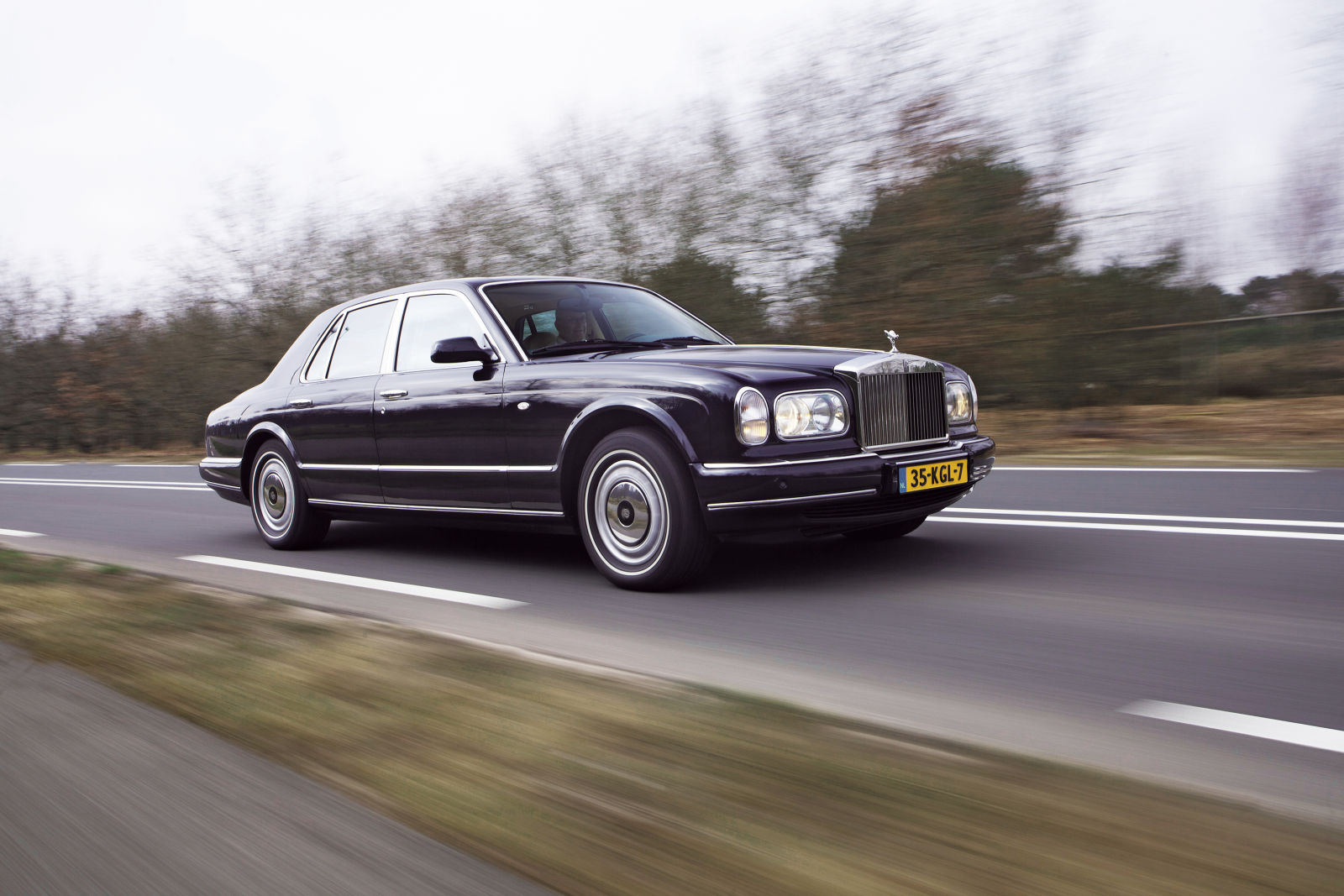
Think back, for a second, to the 1990s, specifically 1998. The Clinton administration was coming to an end, Y2K hype was just beginning to ramp up, and the ownership of two of Great Britain’s greatest marques was up in the air, leading to one of the greatest controversies to ever happen within the 113 year history of the company. But, in between this trying time, there was one car that somehow got lost within all of the ruckus, a car that was supposed to help usher the marque into the modern era, but instead got vastly overshadowed by its Bentley counterpart, and eventually its successor: the Phantom.
This is the story of the Silver Seraph, the Rolls-Royce that everyone forgot.
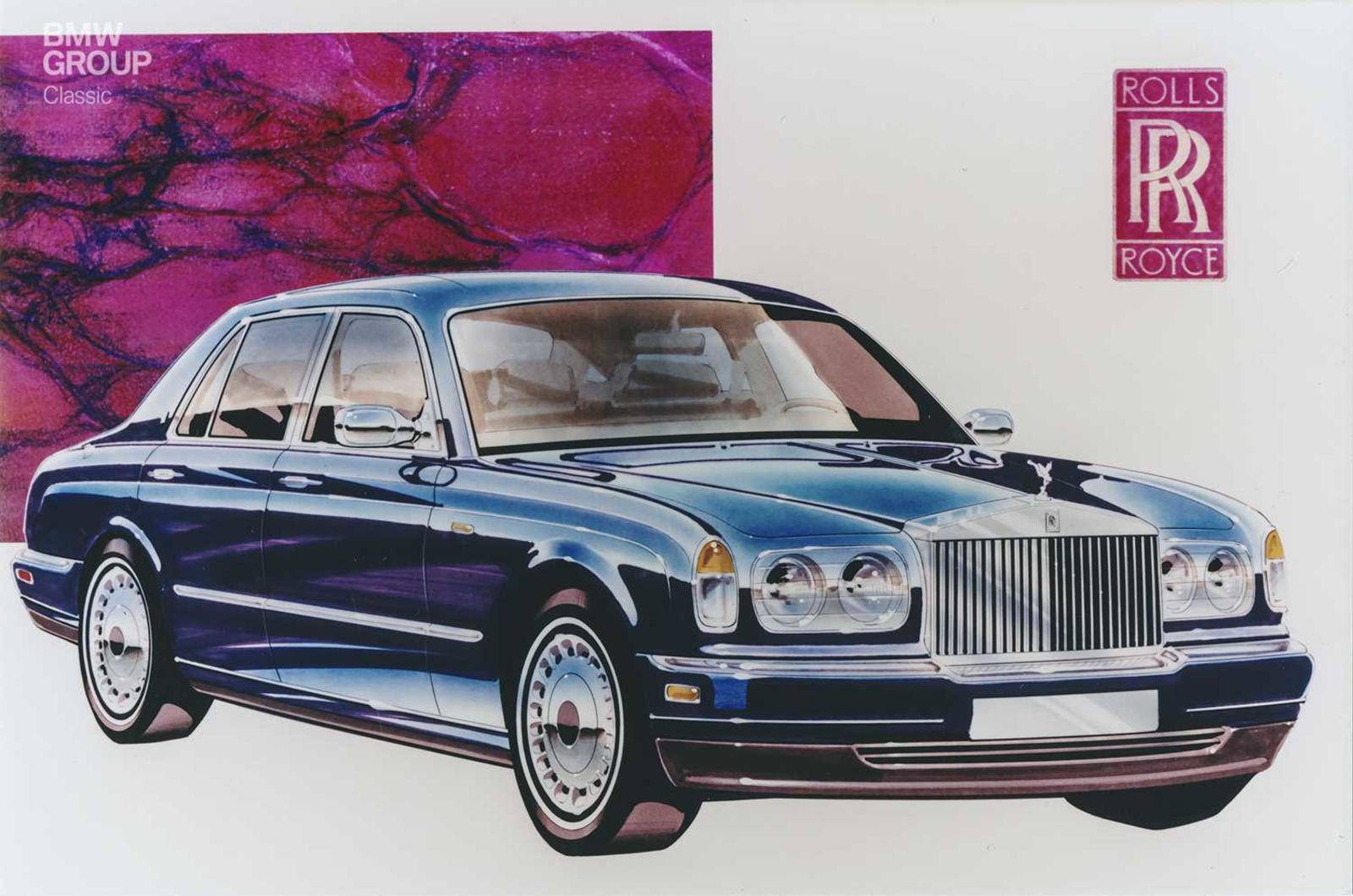
Despite its 1998 introduction, work on the Seraph actually began sometime i the late 1980s, well into the production cycle of its predecessor, the Silver Spirit/Spur. The design was to be a more modern interpretation of classic Rolls-Royce styling cues dating back to the Silver Shadow of the 1970s, taking note from the softened styling craze that had taken the world by storm during the time. The Seraph and its Bentley counterpart, the Arnage, were both co-developed in-house at Crewe, with the intentions for it to be completely engineered by Rolls, but powered by a BMW V12, making it the first V12-powered Rolls since the 1939 Phantom III.
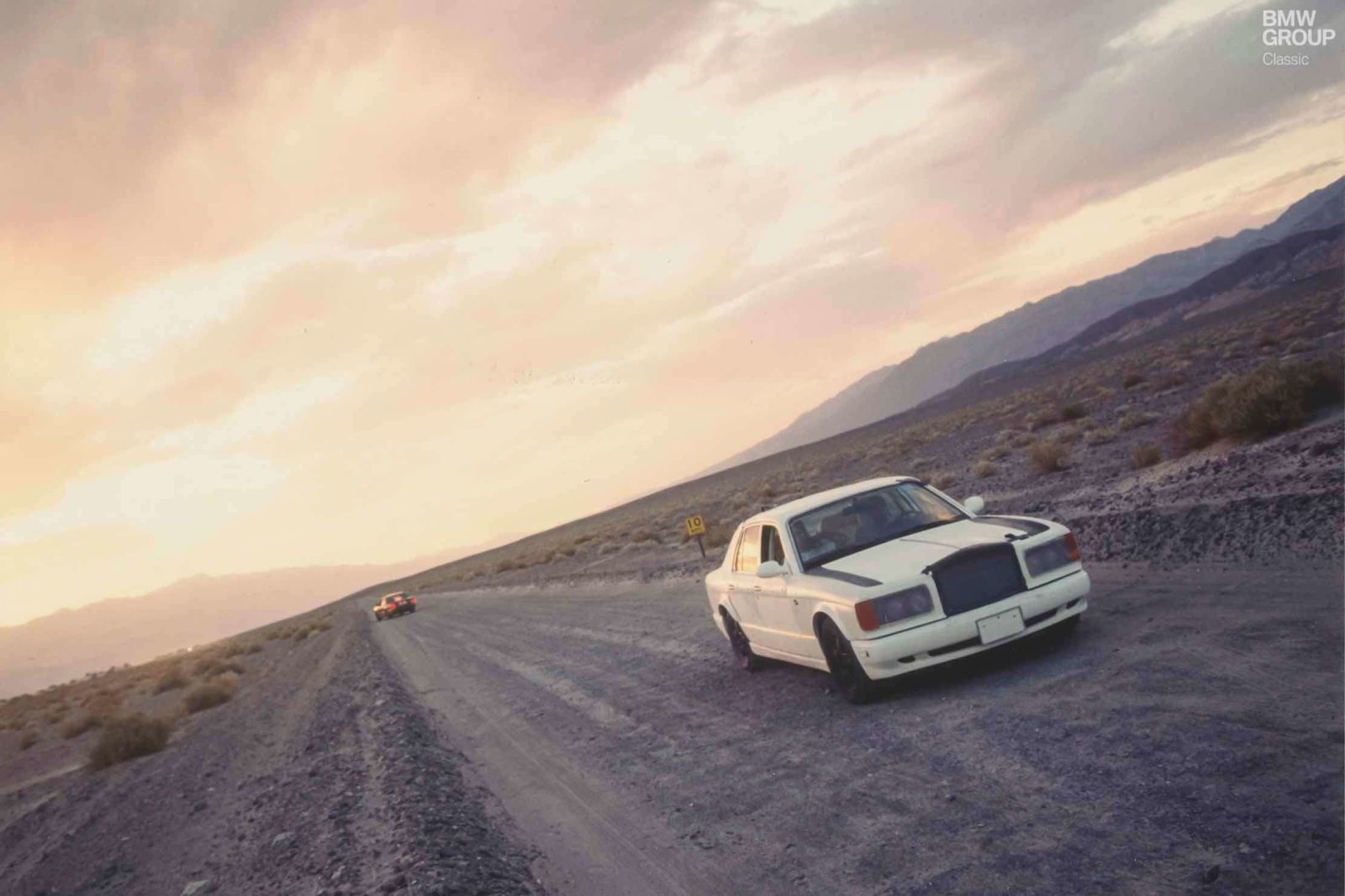
Overall designs were finalized in 1994, the names “Silver Seraph” and “Arnage” were patented in 1995, and primary development concluded nearly a decade after it had began, in 1997...seemingly just in time for the struggles that inevitably followed.
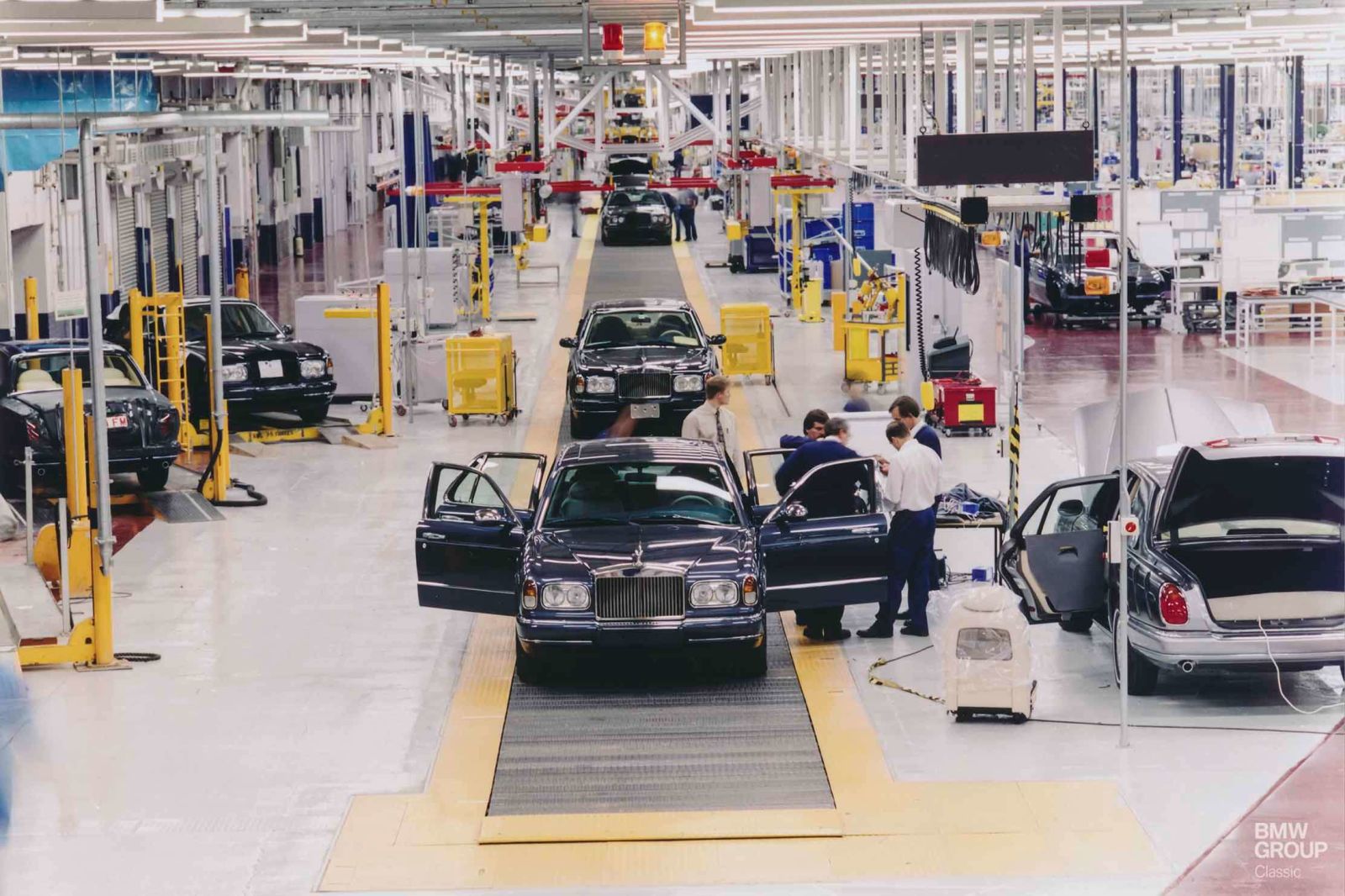
Unfortunately, in 1998, Rolls-Royce’s owners, Vickers plc., decided to place the Rolls-Royce marque up for sale. BMW was the first expected buyer, due to their dealings with Rolls-Royce and the blessing to use their V12 in the upcoming Seraph. However, at nearly the last minute, Volkswagen swept in and acquired both Bentley and Rolls-Royce for 430,000,000 GBP.
Within the deal, all of Rolls-Royce’s properties became VW’s, including the factories at Crewe, the famous radiator grille, and spirit of ecstasy trademarks, as well as all rights to the Silver Seraph overall. This caused a strenuous relationship with BMW, who could no longer operate with the rights to Rolls-Royce, placing the future of the model in the air. However, due to their ownership of the name and logo for the company, the Rolls-Royce aeroplane-manufacturing company eventually weighed in and ruled in favor of BMW due to their pleasant relationship in the past.
The dispute was eventually run into BMW’s favor, as BMW had a year to pull out of the deal, which left VW not nearly enough time to re-engineer the Seraph to hold a VW engine. Both brands eventually settled: VW would handle all of the manufacturing rights, and BMW would supply the engines...enough of an agreement to at least let the Silver Seraph get off the ground once and for all.

And, so, we can finally take a break from all those politics and actually talk about the Seraph as a whole. When the car launched in 1998, people were generally excited. A completely new Rolls model was something of a rarity, as the brand was not one to rush and be ahead of the curve in terms of luxury and automotive technology, but rather one to perfect it and stand out from the crowd in that respect. It was revealed at the 1998 Geneva motor show in an extravagant introduction which included an orchestra and ballet dancer dressed like the Spirit of Ecstasy that graced the car’s hood. In fact, the thunder of the Seraph was only surpassed that year by the introduction of Ford’s Focus, which was a car long-awaited in its own right.
In terms of aesthetics, the car was undoubtedly a Rolls-Royce. Even though the brand had taken great lengths to form the overall language to the modern ideals of aerodynamics and low drag, the Seraph still stood upright and at attention, like a loyal British terrier that had bathed in a large pool of chrome. The overall shape was still old-fashioned and squared off at certain ends, leading to a sweeping, yet graceful fall off near the rear. It was a design that felt stately and wealthy, no matter the setting.

Interior-wise got your standard Rolls-Royce fare: tons of leather and wood adorned the cabin, albeit in a more driver-friendly package than in previous models. Controls and buttons were easy to reach and easy to understand, even for the oldest owner, and seats were quite comfortable, as expected, even if the standard wheelbase felt a tad short than expected from a car of this caliber.
As for the way the Seraph drove, most would expect a Rolls-Royce to be a rather slow, unexciting means of which to get down the road, that is if all you care about is how fast you can hit an apex, or drifting, or whatever the kids are into nowadays. However, the Seraph was a deeply drastic departure from Rollers of old in those regards.
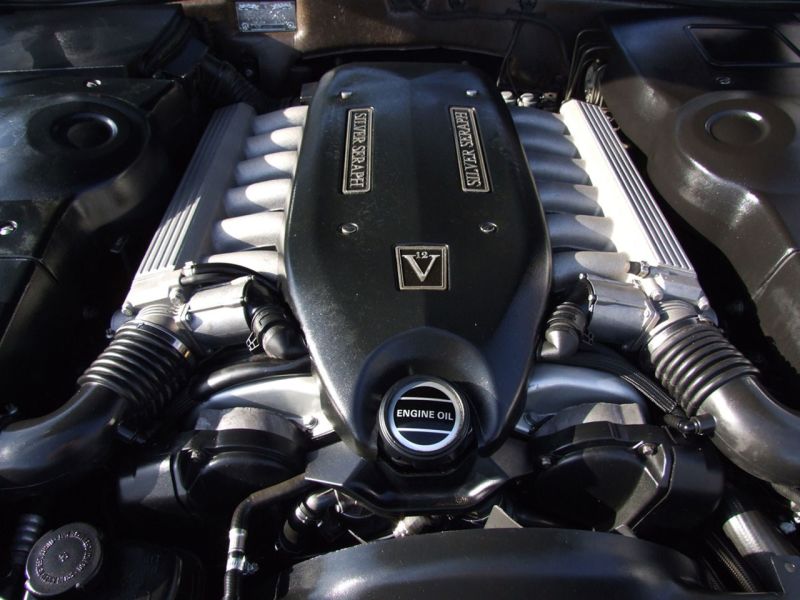
Thanks to the inclusion of the aforementioned BMW V12 from the 75oiL of the time, the Seraph was good for a factory rating of 330 bhp, mated to the ZF 5-speed automatic, also from the 7 Series. The Seraph could theoretically make it from 0-60 in under 7 seconds, and topped out at around 140 mph on a straight, which were respectable numbers for the time.
Handling was also a bright spot that was brought up by most reviewers. While it did still float and roll around a hard corner when pushed, it definitely provided a sense of higher confidence when being driven hard, due to the addition of adaptive suspension and a stiffer structure than that of its predecessor, the Silver Spirit. Jeremy Clarkson said in his review below, that due to the upgraded driving dynamics of the car, that many owners may even begin to actually drive their Rolls-Royces, leaving many chauffeurs unemployed in the process.
So, the Seraph was certainly the hit formula that Rolls-Royce needed at the time to kick some rejuvenation into its aging bones, but yet, why is it that no one ever seems to remember it? Well, there are a whole slew of reasons that ended up being the demise of the car’s popularity. Its sibling, the Bentley Arnage, was one of the biggest factors.
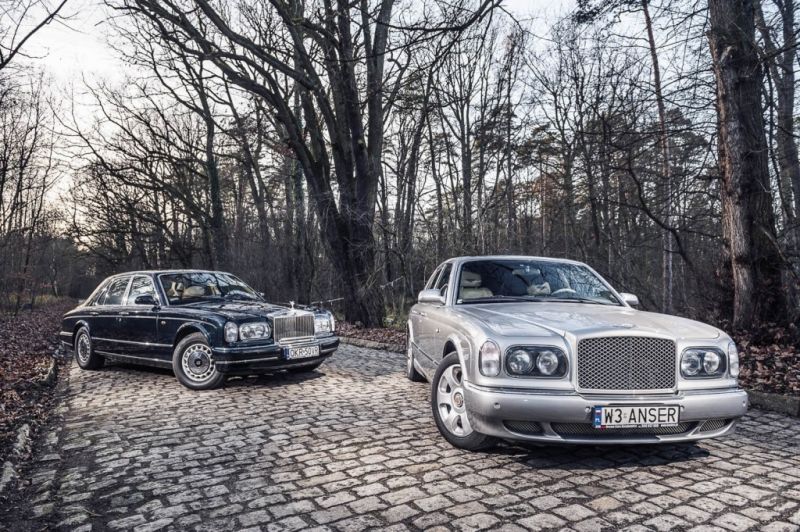
While Rolls-Royce was trying to find some sort of recipe for success in shedding the old-money image they had garnered, Bentley was an absolute hit at the time, and the Arnage only helped that market demand. The car was firmer, more easily controllable, and most importantly, cheaper than the Rolls it shared the platform with, which led to higher sales immediately out of the gate. Reports stated that Crewe would build nearly four Arnages for every one Silver Seraph during the five-year period in which both were built together. It’s no denying that the Arnage was definitely the more popular choice with buyers.
But if its unpopularity wasn’t one thing, the continuation of the VW and BMW fracas would be the straw that broke the Seraph’s back. You see, while the two brands seemingly managed to stay together for the kids during that time period, it definitely seemed like both had different visions on which ways to go afterwards. BMW made another attempt to purchase the Rolls-Royce marque as a whole in 2002, and eventually succeeded for the price of 40,000,000 GBP, as soon as it was made evident that VW only really wanted Bentley due to the brand’s popularity at the time.
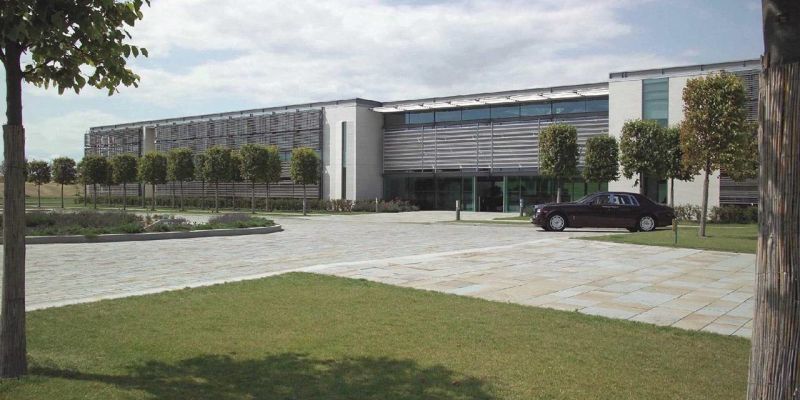
When BMW took over indefinitely in 2003, it marked the end of manufacturing at Crewe under the announcement of a new plant being built in Sussex. The end of Rolls at Crewe also meant the end of the Seraph, which was quickly put out of production and replaced with the all-new Phantom beginning the year afterward.
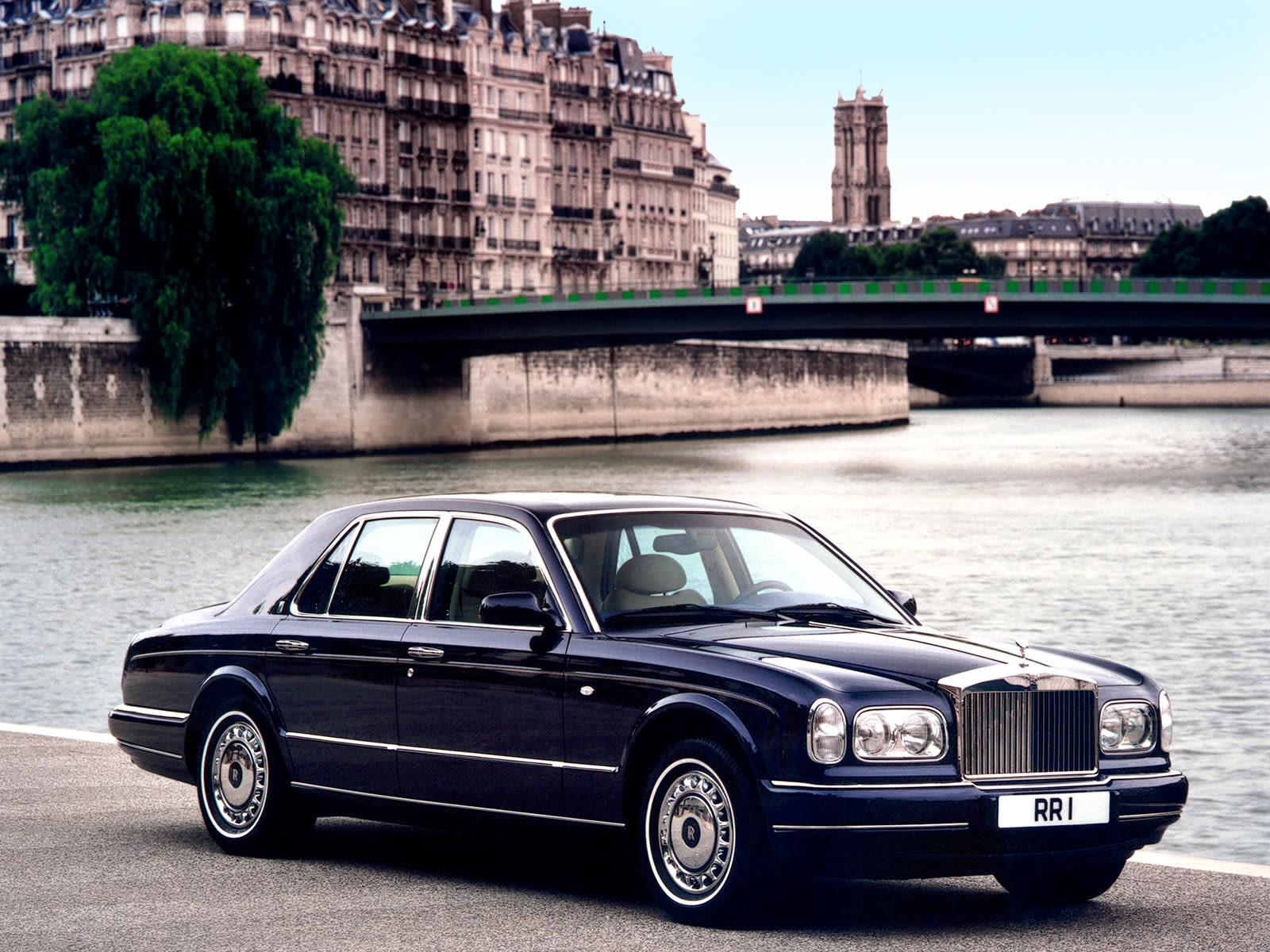
The Silver Seraph was a big deal for Rolls-Royce, and the company had hoped that the rest of the world would see it as a big deal as well. However, time just wasn’t on its side, and due to that struggle between the brands and the manufacturer’s overall unpopularity at the time, it just never quite had the chance to shine quite like the modern Rolls lineup does. Because of that, the Silver Seraph has mostly been confined to a history books with a deafening shut, rather than a honored goodbye. Is it unfair? Possibly, but nowadays Rolls-Royce is profiting like never before, so maybe the Seraph’s death was not completely in vain.
Nevertheless, I have a solemn respect for the car.